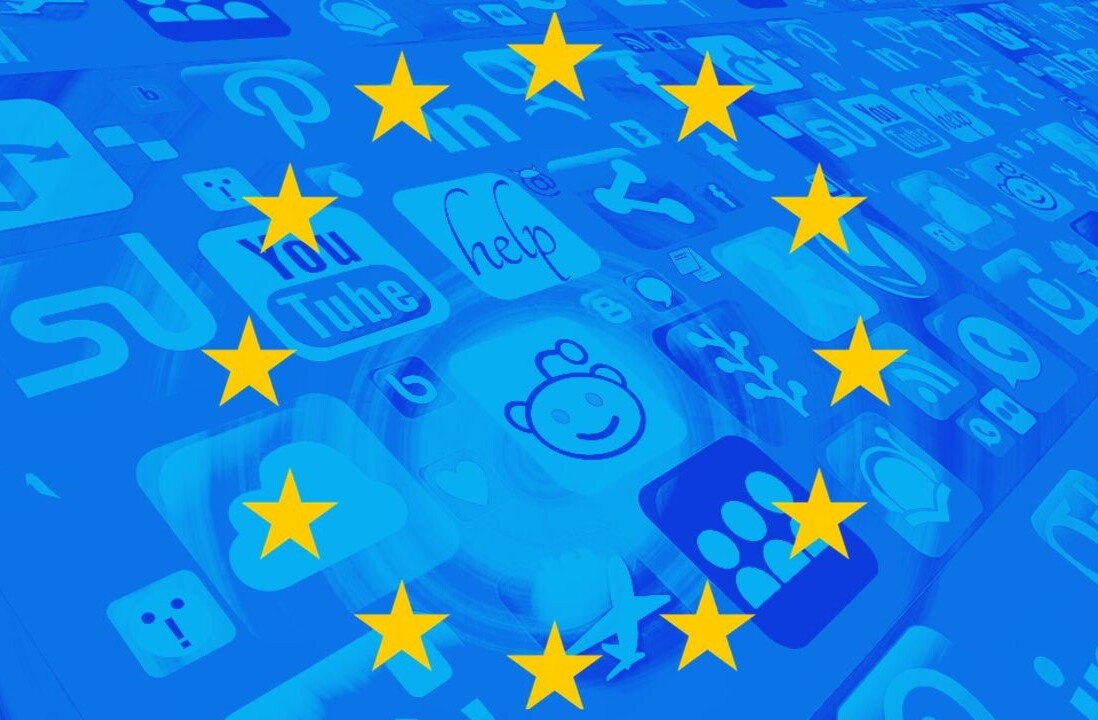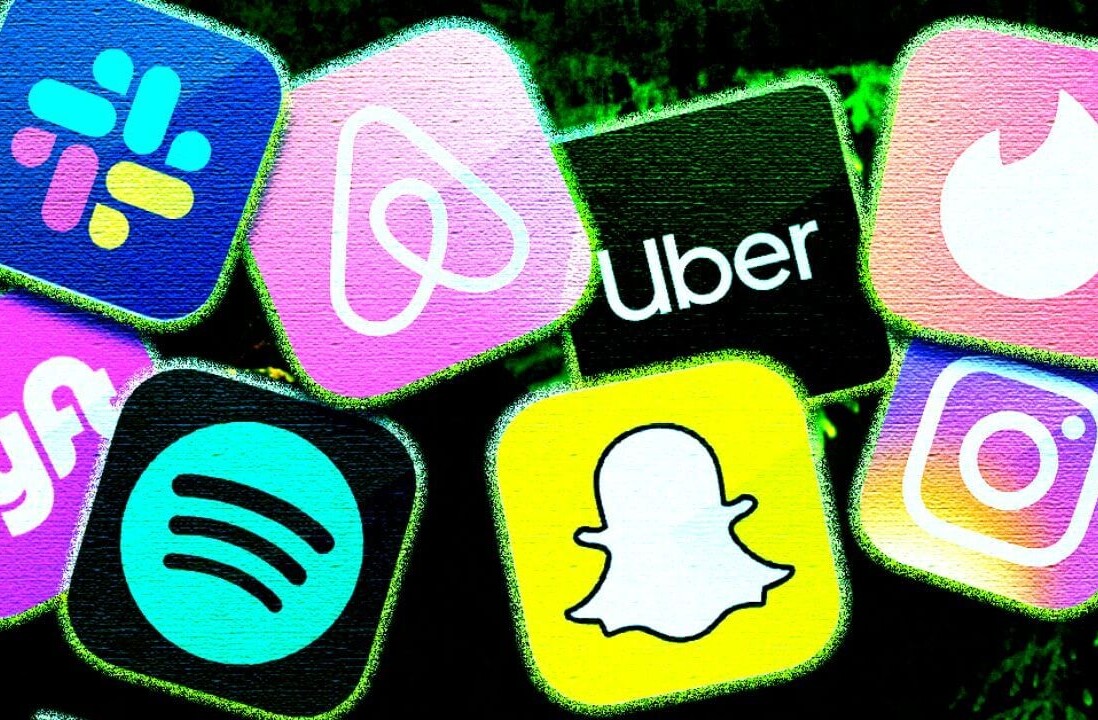
When’s the last time you booked a Lyft or Uber or ordered a meal on DoorDash using your laptop? Many popular apps and services are changing the dynamics of how customers communicate, share, discover, and shop.
Through their smart phones, they’re learning how to quickly and efficiently swipe, tap, pinch or use voice to get what they want when they want it. In short, consumers are becoming more and more demanding and impatient. As a result, they gravitate to experiences that resemble their favorite apps and gravitate away from those that do not.
Believe it or not, many brands still behave as if we live in a desktop-first world. But, customers are increasingly mobile-first and brands only get one shot at engaging customers on the small screen. Instead of creating native, mobile experiences that operate and perform like the bests apps in the game, they treat mobile as an extension of the web. And, customers aren’t having it.
When you manage them as one system, you optimize for compatibility and efficiency, not necessarily for the behavioral norms or benefits inherent on each platform. That makes many mobile sites slow, unintuitive and definitely not designed to perform on par with the everyday mobile experiences customers love.
It’s a mobile world after all: Ignore at your own peril
All too often, marketers invest more in desktop because existing metrics point to desktop as driving better results. But this is misleading. Lackluster mobile experiences deliver lackluster results. According to Google, brands that don’t deliver optimized mobile-first experiences risk losing up to one-third of their customers.
Google also learned that the probability of bounce increases 32 percent as page load time goes from one second to three seconds. Furthermore, when a company’s mobile app or site doesn’t deliver what the mobile customer wants or expects, more than one-third will immediately go to another company’s site or app.
Delivering on par mobile web and app experiences is imperative. The real test of any mobile experience is to compare it against your desktop performance, competitors, and for extra credit, against the industry standards defining mobile excellence.
Mobile experience checklist
I recently was introduced to the work of Expedia Group’s CMO Aaron Price who shared how the company is prioritizing its mobile strategy. There’s much to learn here for any company, in any industry, looking to compete for modern,mobile-obsessed customers.
For Price, it comes down to three questions to help them gain an edge in today’s competitive marketplace.
1. Are you viewing conversion rates as both business and brand metrics?
According to Price, marketers don’t just need to “understand and anticipate customer needs better,” those insights act as guide posts to direct and rally the organization together to meet those needs. His advice is to identify consumer trends and align mobile web strategy against those trends.
Expedia Group views mobile web conversion rates as more than a business metric, they’re tied to brand metrics. And, those metrics reveal how the brand is performing in critical moments, i.e. how the company is delivering fast, assistive travel-planning experiences.
2. Are you conflating desktop and mobile technologies with measurement?
With as much as everyone celebrates having a customer-centered approach to CX and marketing, it’s still amazes me that only an elite group of brands optimize mobile as a unique experience. Price believes that to effectively compete takes separate desktop and mobile strategies. “It’s a mistake to conflate desktop and mobile design with technologies because they aren’t interchangeable,” he said.
3. Are you fast enough?
Knowing that customers will bounce to your competition if your mobile site is slow or complex, why wouldn’t you prioritize your mobile experience? It’s directly tied not only to customer satisfaction but also to business performance. As Price puts it, “nothing can motivate investment in mobile speed like finding out your competitors are faster than you.” To help, Expedia benchmarks performance against top travel competitors using Google’s Speed Scorecard.
Mobile isn’t subsiding, it’s only becoming more influential in the purchase journey. It’s time for brands to invest in mobile as if it was the next big thing… because it is the next big thing… right now.
Get the TNW newsletter
Get the most important tech news in your inbox each week.





